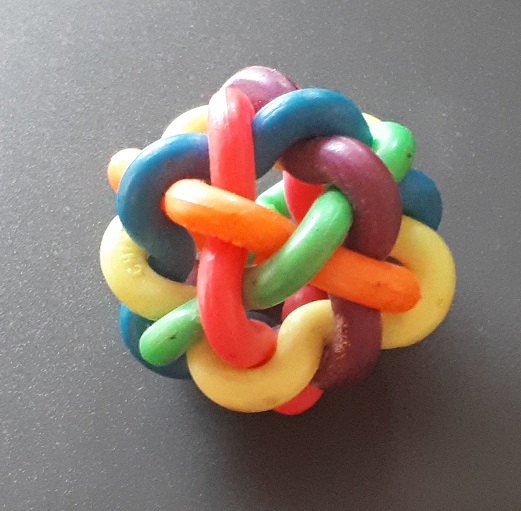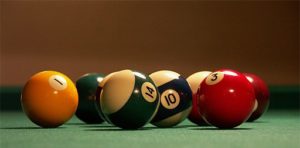The other bit of fun for 2014 was to finish a thought experiment (the longest thus far: ~1984-2014); coming to a conclusion about the shape of the shape of the universe, and how this could be used to imagine the next contractionary cycle; and perhaps, in time, point the way for far-imagined journeys.
The conclusion? The universe is expanding inwards. Perhaps this might be named “the Mobius Universe”? I made a testing puzzle about this: [link] and there’s a new note here [link].**
The strange thing about constructions like this is that you must look away to observe it. We talk of “the mind’s eye” – This is the imagination’s eye. This is a way to solve many sorts of hard problems. Find imaginative-mind-play time. What you are tussling with, put aside. Accomplish tasks entirely different. Find the focus by looking away. Come back refreshed to tackle it again. Every refresh invites a new perspective. Every leaving gets you farther.
Recharge recharges clarity.
** Original 05Oct2021 version (without “Mobius Universe” title)
_________
May2024 Update #1: This topological construct of the universe appears to be similar recent formal work by cosmologists: https://physics.aps.org/articles/v17/74
May2024 Update #2: Whilst reading a beautifully profound article by Ben Zweibelson, PhD. [Breaking the Newtonian fetish] I got to thinking about tori (or toruses) again, as it is hard to explain the hard-to-imagine construct. Here are two articles [Link #1] [Link #2] by Mark L. Irons (a Portland scholar who has passed away).
New Ideas to Describe Topology of the Universe: This delving got me imagining that perhaps it could be called a “Klein bottle”, but that’s not right. It’s more of a Mobius torus with amorphous (gassy) ever-expanding surfaces – maybe we could call this construct “Mobius Torus Flows” aka “Morflows” (good pun there!), “Klein flows” or “Klein clouds”?.
Maybe this offers a way to make the leap to living Eine (klein)e Nachtmusik? 🙂




